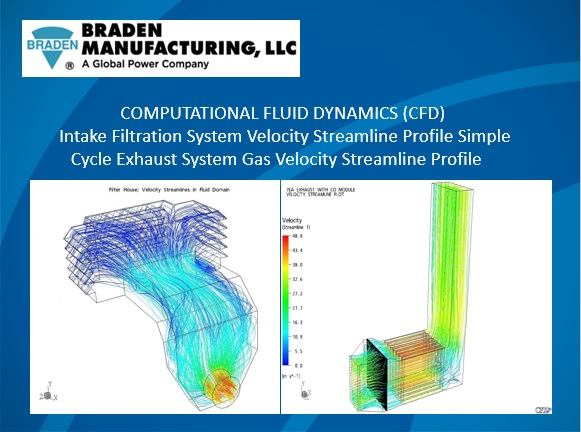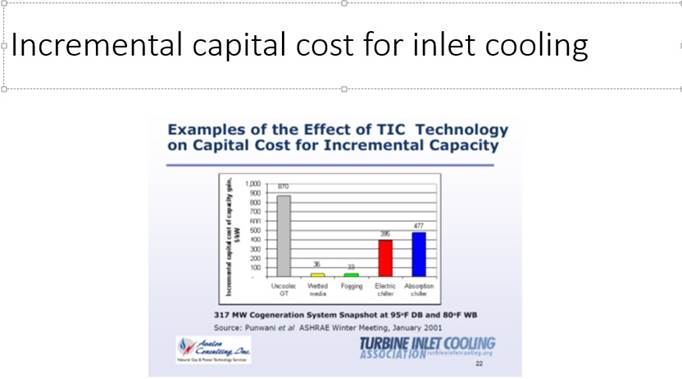
Hot Topic Hour March 26 Speakers endorsed Combination NOx Control
Strategies
The Hot Topic yesterday covered benefits of combination NOx control
strategies and also unique combinations which may be needed during start up and
shut down.
NOx (SCR, SNCR) Webinar - Hot Topic Hour March 26, 2015
Benefits of combination NOx control strategies and also unique combinations which may be needed during startup and shut down.
Revision Date: 3/26/2015
Tags: 221112 - Fossil Fuel 化石燃料, Fuel Tech, Licata Energy, STEAG Energy Services, Strapper, Blake, NOx, SCR, SNCR, Regulation
Fuel Tech
has combined staging burners, SNCR and SCR and has demonstrated at China
Steel and elsewhere that the right combination of technologies can be
more effective than reliance on one. Combining technologies is not easy as
outlined by Stewart Bible.
SNCR design must account for combustion output and varying operational
conditions of your typical boiler, easier if SNCR/SCR retrofit onto existing
boiler where data can be measured.
SCR design must account for SNCR output and varying operational conditions of
the combustion and SNCR systems as boiler conditions fluctuate.
Highly maldistributed NOx and NH3 from boiler.
Increased SCR velocity due to restrictions in catalyst installation space.
Both require expert knowledge in the design of all of the technologies
being combined.
Both require computational and experimental fluid dynamics modeling
coupled with flow distribution device optimization.
-
Capital cost, reagent consumption, dP,
catalyst replacement, SO2-SO3 oxidation (lower minimum
operating temperature).

Fuel Tech has combined staging burners, SNCR and SCR and has demonstrated at China Steel and elsewhere that the right combination of technologies can be more effective than reliance on one.
Revision Date: 3/26/2015
Tags: 221112 - Fossil Fuel 化石燃料, Fuel Tech, NOx, SCR, SNCR, Regulation
Blake Stapper
of AECOM covered the successful combination of combustion and SNCR
and used Fiddlers Ferry as an example. There is another technology which AECOM
is also now employing. Where low baselines of NOx are encountered,
the LoTOx ozone technology can be a supplement to other measures. One new aspect
introduced by Linde is over the fence supply.
The plant can buy the ozone and Linde makes the capital investment. This
avoidance of the capital investment by the utility will be attractive.
Bob McIlvaine remarked that first efforts to use the process incorporated a
vessel to provide more ozone-NOx contact prior to the scrubber. Blake
responded that the improved scheme introduces the ozone at a higher temperature
location where the reaction time is much shorter.
This eliminates the need for a reaction vessel. Another advantage is
improved technology to convert oxygen to ozone.
Blake covered the successful combination of combustion and SNCR and used Fiddlers Ferry as an example.
Revision Date: 3/26/2015
Tags: 221112 - Fossil Fuel 化石燃料, AECOM, NOx, SNCR, SCR
Mark Ehrnschwender
of STEAG covered the experience of his company with many units in
Germany. Small SCR systems to meet
60 percent removal were installed decades ago. Now higher efficiencies are
required. STEAG has found that a combination of technologies is the best route.

Mark covered the experience of his company with many units in Germany.
Revision Date: 3/26/2015
Tags: 221112 - Fossil Fuel 化石燃料, STEAG Energy Services, NOx, SCR, SNCR
Tony Licata
analyzed new startup and shut down rules. There are two options but under either
one there are potential violations.
The bottom line is that utilities may have to use dry sorbent injection only
during start up periods and may have to install certain bypasses as well.
Startup fuel considerations are also warranted.
Utilities may have to use dry sorbent injection only during start up periods and may have to install certain bypasses as well.
Revision Date: 3/26/2015
Tags: 221112 - Fossil Fuel 化石燃料, Licata Energy, NOx, SCR, Regulation